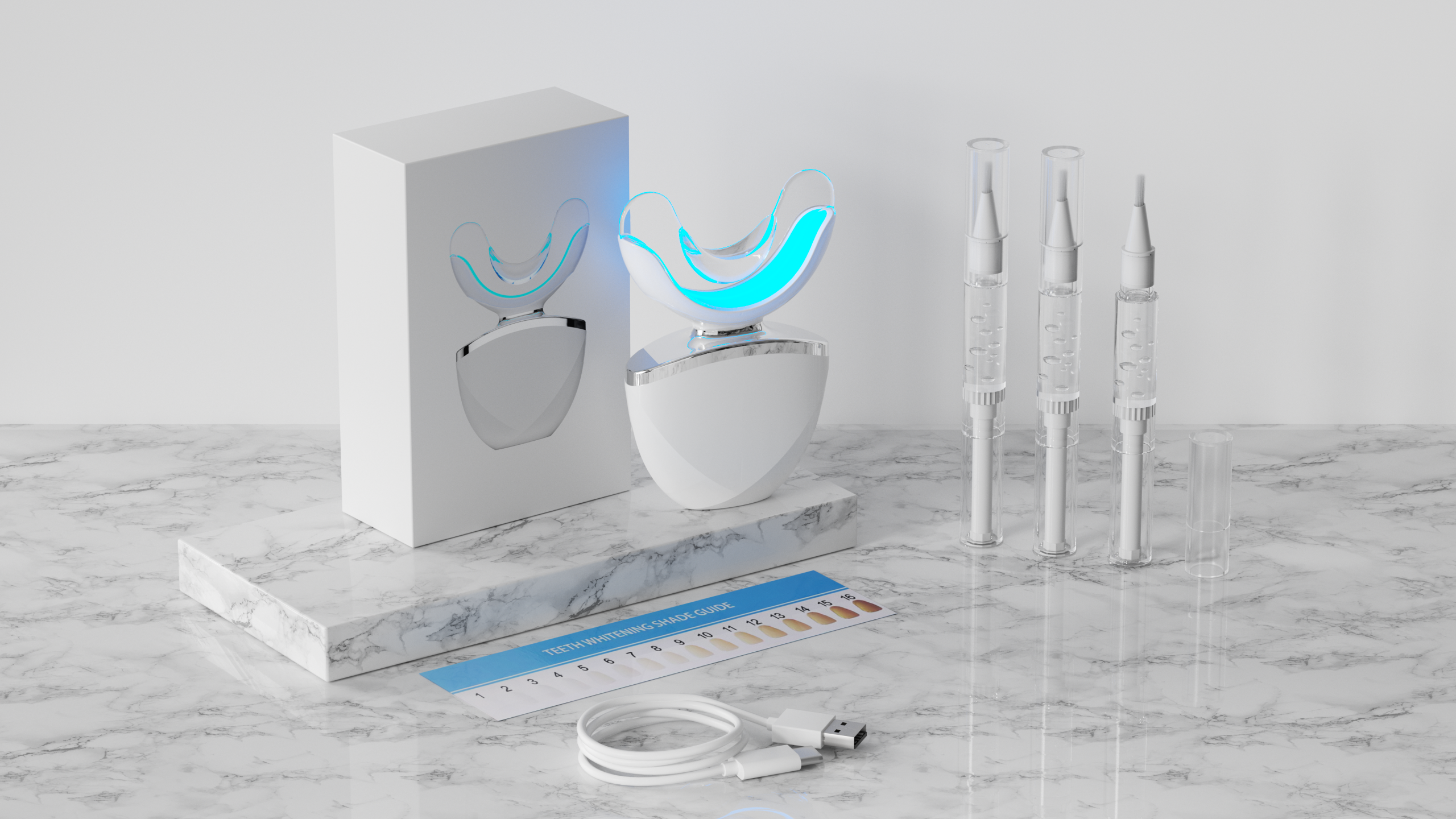For many professional oral care devices, stable suction performance is critical to maintaining hygiene standards and delivering a premium user experience. Yet one issue continues to undermine reliability across countless units: hose kinking. When hoses develop bends or kinks, weak suction inevitably follows, reducing effectiveness and creating operational headaches. In this article, we’ll unpack how hose kinking and weak suction are directly related, why this problem occurs, and how manufacturers can prevent it before it damages brand trust.
Hose kinking happens when a flexible tube collapses or folds onto itself, restricting or blocking internal airflow or liquid movement. Unlike overt leaks, hose kinks can appear intermittently—sometimes allowing partial flow and sometimes cutting it off entirely. This inconsistency:
Especially in clinical settings or for consumers who demand consistent performance, these interruptions quickly erode confidence in the product.
Weak suction is the most obvious and measurable consequence of hose kinking. Whenever a kink forms:
Over time, persistent weak suction can cause more serious issues, including overheating of the motor and increased wear on seals and gaskets.
-1024x1024.jpg)
Not all products are equally vulnerable to this issue. Some common risk factors include:
When these factors combine, kinking becomes almost inevitable.
From a user perspective, a device with weak suction feels:
These frustrations can lead to warranty claims, negative reviews, and a decline in brand loyalty.
Manufacturers and distributors can educate clients on early detection to prevent escalation:
Training customer support teams to recognize hose kinking as a primary cause will streamline service and protect customer satisfaction.
The most effective way to stop hose kinking is through better design and material selection:
By integrating these measures into product development, manufacturers can dramatically reduce complaints about weak suction.
Hose kinking may seem like a minor design flaw, but the weak suction it causes is one of the fastest ways to erode user confidence. For B2B buyers and professional operators, reliable suction is non-negotiable. By prioritizing reinforced hoses, smarter routing, and clear maintenance guidelines, brands can ensure their devices deliver consistent performance and maintain a reputation for excellence. Contact us

Sales-Boosting Strategies for Oral Care Brands
Tray Warping with Switch Corrosion – Time to Replace?
Charger Mismatch Causing Battery Incompatibility?
Sonic Toothbrush Export from China | OEM/ODM Professional Supplier

Is a Teeth Whitening Pen the Ultimate On-the-Go Beauty Solution?
.jpg)
How Does a Toothbrush with Timer Elevate a Smart Oral Care Device?
.jpg)
How Can Water Flosser Manufacturing Process Create a Truly Eco-Friendly Oral Product?
Tooth Chipping Alongside Root Darkening – Irreversible?
dual-action electric toothbrush OEM
Gum Bleaching from Pulpitis Risk – Whitening Gone Wrong?

Herbal toothbrush India or Natural bristle toothbrush — which is safer for electric brush programs?
Mouth Ulcers After Allergic Rashes – Coincidence?
Rechargeable Oral Care Kit Supplier | Complete OEM/ODM Solutions

Essential Considerations for Electric Toothbrush OEM Projects
Water Ingress Causing Motor Rust—How Serious Is It?
.jpg)
How Does Water Flosser Cordless Design Impact Battery Life Optimization?

Electric toothbrush heads Charcoal Infused-Diamond

electric toothbrush heads Ultra Soft

Private Label Whitening Gel

electric toothbrush heads Deep Clean

electric toothbrush heads Charcoal Infuse-Round

Customization Teeth Whitening Gel

electric toothbrush heads Regular Clean
.jpg)
Florida Electric Toothbrush – Powsmart PTR-C8
whstapp
whstapp
National Toll-Free Service Hotline
+86 755 86238638